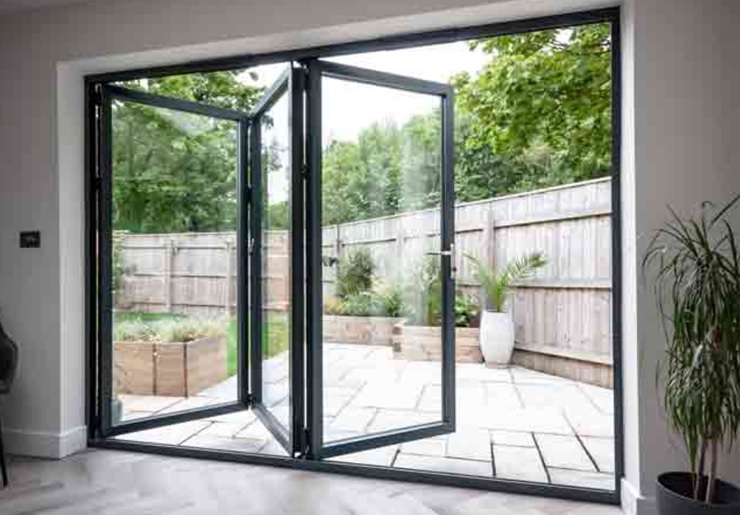How to Choose the Right Air Conditioner For Your Home

Learning how to choose the right air conditioner for the home isn’t difficult and can save the homeowner a great deal of money and aggravation. A unit that’s too large or powerful wastes energy and money by constantly switching on and off. It also doesn’t do a good job of dehumidifying the room. A unit that’s too small simply can’t cool a room the way it should.
About Btus
The right air conditioner is chosen by its Btu, or British thermal unit rating. A Btu is the amount of energy needed to raise one pound of water 1 degree Fahrenheit. The number of Btus needed to cool a room depends on its size and how much heat is usually produced in the room. For example, an ordinary 600 square foot room needs about 14,000 Btus to keep it cool. However, if it gets many hours of full sun, it may need 15,400 Btus. If the room happens to be the kitchen, it may need as much as 18,000 Btus. On the other hand, a room that’s in deep shade may need about 10 percent less cooling than a regular room.
If the homeowner has chosen central air conditioning, an HVAC Springfield MO professional will go through the house and evaluate its heat gains, which is the heat that comes into the house from a source other than the HVAC system. This lets the professional know the kind of ductwork and blower needed to cool the house efficiently. The HVAC specialist may also add equipment that humidifies and cleans the air as well. Installing central air conditioning in a home is pricey, but is more efficient in the long run that an air conditioning unit in every room.
If the expense of installing ductwork is too much, mini-split cooling units are an option. These units are installed in the room and don’t need ductwork. They hook up to condensers on the outside of the house, and one condenser can handle three or four mini-split units.
Buying the Unit
The square footage of the room needs to be calculated. This is simply the length of the room multiplied by its width. The homeowner needs to check what kind of connections are available in the room. Different units require different connections, and it might be necessary to call in an electrician to add a new circuit to the room. Lastly, the homeowner needs to measure the window or the area of the wall where the unit will be placed.
The unit’s energy efficiency rating, or EER also needs to be taken into consideration. The higher the EER rating, the more energy efficient the unit. Ratings start at 8 and climb to 11.5.




